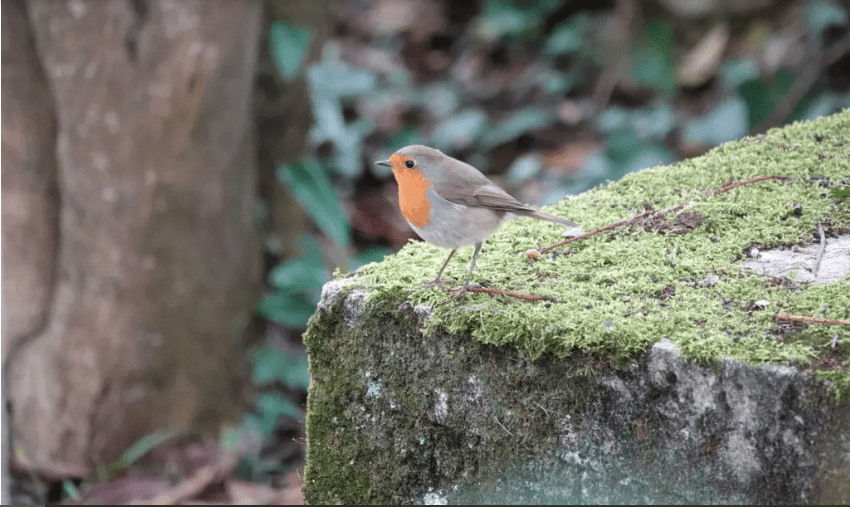We probably associate Père-Lachaise Cemetery, Paris, with the famous souls who rest in its grounds.
If we look a little deeper, at The Secret Life of a Cemetery, in a new book “from the head curator of the most famous cemetery in the world – we see a moving story about a place where joy, grief, and wild nature converge in unexpected and inspiring ways.”
As we learn, Paris’ Père-Lachaise cemetery is a place where the living have found a home among the dead – and yet this is surely what makes every cemetery special , including Sidmouth Cemetery.

There is inspiration here for managing churchyards and cemeteries for wildlife – and indeed the volunteers and council officers have been managing Sidmouth Cemetery’s grass for flowers and replacing invasives with insect-friendly plants at the Cemetery.
Just as the pesticide-free cemetery in Paris has an adapted weed management plan [where smaller gravel pathways are gradually being covered with a ‘plant carpet’], so too have the parks and cemeteries of East Devon adopted a chemical-free regime to manage their green spaces – as monitored by the Pesticide-Free Towns – Pesticide Action Network UK.
Other cemeteries in Paris also have their ‘management for nature’ plans, with a focus on biodiversity – and there is also a Management Plan for Sidmouth Cemetery 2021-25, which refers to an RHS organic and biodegradable vinegar-based weed killer and attempts to increase the cemetery’s biodiversity and pollinators.
Let’s see how this plan for the Sid Valley’s largest cemetery can be taken forward beyond 2025 – perhaps with inspiration from the City of Light, the City of Dreams…
…
